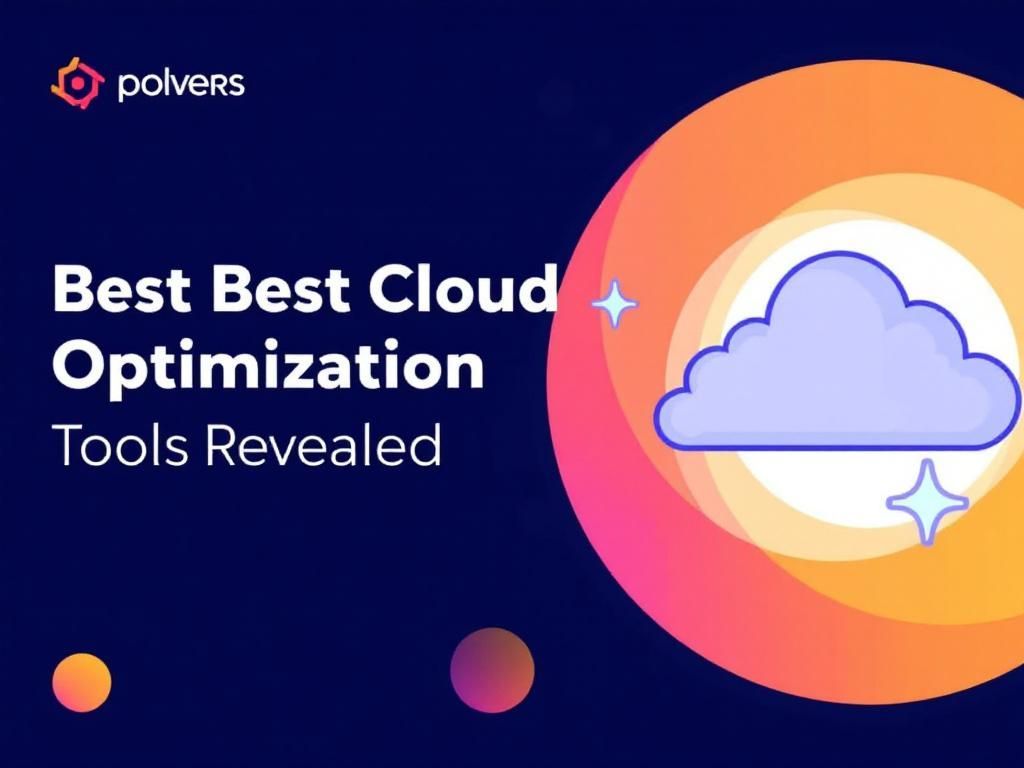Unlock Cost Savings with Cloud Resource Management
Discover how effective cloud resource management can lead to significant cost savings for your business. Optimize your cloud usage today!

In today’s fast-paced digital landscape, organizations are continuously seeking ways to optimize their operational costs while maximizing efficiency. Cloud computing has emerged as a transformative force enabling businesses to scale their IT resources dynamically. However, simply migrating to the cloud is not enough; effective cloud resource management is crucial to unlocking significant cost savings. This article delves into the strategies and best practices that can help organizations manage their cloud resources more effectively.
Table of Contents
Understanding Cloud Resource Management
Cloud resource management encompasses the policies, processes, and technologies used to manage an organization’s cloud resources. This includes the allocation, optimization, and monitoring of various cloud services and resources to ensure efficient utilization.
Key Components of Cloud Resource Management
- Resource Allocation: Distributing cloud resources according to demand and organizational needs.
- Monitoring: Keeping track of cloud resource usage and performance metrics.
- Optimization: Adjusting resources to ensure that they are used efficiently and cost-effectively.
- Governance: Establishing rules and policies to manage cloud resources securely.
Benefits of Effective Cloud Resource Management
Implementing effective cloud resource management can yield numerous advantages for organizations:
- Cost Reduction: By optimizing resource allocation, organizations can reduce waste and lower their cloud expenditures.
- Improved Performance: Efficient resource management ensures that applications and services run smoothly and meet performance expectations.
- Scalability: Organizations can quickly respond to changes in demand by adjusting their resource allocation in real-time.
- Enhanced Security: Proper management practices help safeguard sensitive data and comply with regulatory requirements.
Strategies for Optimizing Cloud Resources
To unlock cost savings through cloud resource management, organizations should consider the following strategies:
1. Right-Sizing Resources
Right-sizing involves analyzing resource usage patterns and adjusting the size of cloud services accordingly. This can prevent over-provisioning or under-utilization of resources.
2. Utilizing Auto-Scaling
Auto-scaling allows organizations to automatically adjust cloud resources based on current demand. This ensures that they are only paying for what they use.
3. Implementing Cost Monitoring Tools
Using cloud cost monitoring tools provides organizations with visibility into their cloud spending. Tools like AWS Cost Explorer or Azure Cost Management can help track and analyze costs effectively.
4. Establishing Budgets and Alerts
Setting budgets for cloud services and configuring alerts can help organizations stay informed about their spending and avoid unexpected charges.
5. Leveraging Reserved Instances
For predictable workloads, organizations can benefit from purchasing reserved instances, which offer significant savings compared to on-demand pricing.
Challenges in Cloud Resource Management
While optimizing cloud resources can deliver substantial benefits, organizations face several challenges:
- Complexity: Managing multiple cloud environments can be complicated and require specialized knowledge.
- Lack of Visibility: Without proper monitoring tools, it can be difficult to gain insights into resource usage.
- Vendor Lock-In: Organizations may find it challenging to migrate resources between different cloud providers.
Best Practices for Cloud Resource Management
To overcome these challenges, organizations should adopt the following best practices:
1. Develop a Cloud Strategy
Creating a comprehensive cloud strategy that outlines objectives, policies, and resource management practices can guide organizations towards effective cloud resource management.
2. Regularly Audit Cloud Resources
Conducting regular audits helps identify unused or underutilized resources that can be terminated or resized, leading to cost savings.
3. Encourage Team Collaboration
Collaboration between IT, finance, and other departments ensures that cloud resource management aligns with broader organizational goals.
4. Train Employees
Investing in training for staff can equip them with the necessary skills to manage cloud resources effectively.
Case Studies: Success Stories of Cost Savings
Examining how organizations have successfully implemented cloud resource management practices can provide valuable insights:
| Organization | Challenge | Solution | Result |
|---|---|---|---|
| Company A | High cloud spending | Implemented auto-scaling | Reduced costs by 30% |
| Company B | Underutilized resources | Conducted resource audits | Terminated 40% of unused resources |
| Company C | Lack of visibility | Adopted cost monitoring tools | Improved spending insights |
Conclusion
Effective cloud resource management is essential for organizations looking to unlock cost savings and enhance operational efficiency in an increasingly competitive environment. By adopting strategies such as right-sizing, auto-scaling, and utilizing cost monitoring tools, businesses can optimize their cloud spending and ensure that resources are aligned with their goals. Embracing best practices and learning from success stories can further pave the way for successful cloud resource management. As technology continues to evolve, staying informed and proactive in managing cloud resources will be critical for organizational success.
FAQ
What is cloud resource management?
Cloud resource management refers to the processes and tools used to allocate, monitor, and optimize cloud computing resources efficiently.
How can cloud resource management help reduce costs?
By optimizing resource allocation and usage, cloud resource management minimizes wastage, ensuring you only pay for what you need.
What are the key benefits of using cloud resource management?
Key benefits include improved cost efficiency, enhanced performance, better resource utilization, and increased agility in managing cloud environments.
Which tools are recommended for effective cloud resource management?
Popular tools include AWS CloudFormation, Google Cloud Deployment Manager, and Azure Resource Manager, all designed to help manage cloud resources efficiently.
Can cloud resource management support business scalability?
Yes, effective cloud resource management allows businesses to scale resources up or down based on demand, ensuring optimal performance and cost control.
What strategies can enhance cloud resource management?
Strategies include implementing automated scaling, regular performance monitoring, and conducting periodic cost audits to identify savings opportunities.








